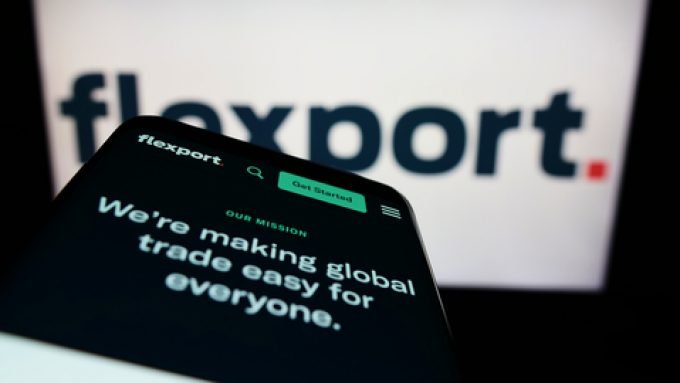Customs brokers fear US import rule changes are pushing them towards AI
Backlogs are building for customs brokers after changes to US import rules, with suggestions that ...

There are many eyes on Flexport: in fact, there always have been, but with new executives, a corporate restructure and exposure to a dampening retail market and soft transpacific trade, rivals are watching with interest – and possibly optimism.
The ‘digital’ forwarder has famously brought in ...

Comment on this article